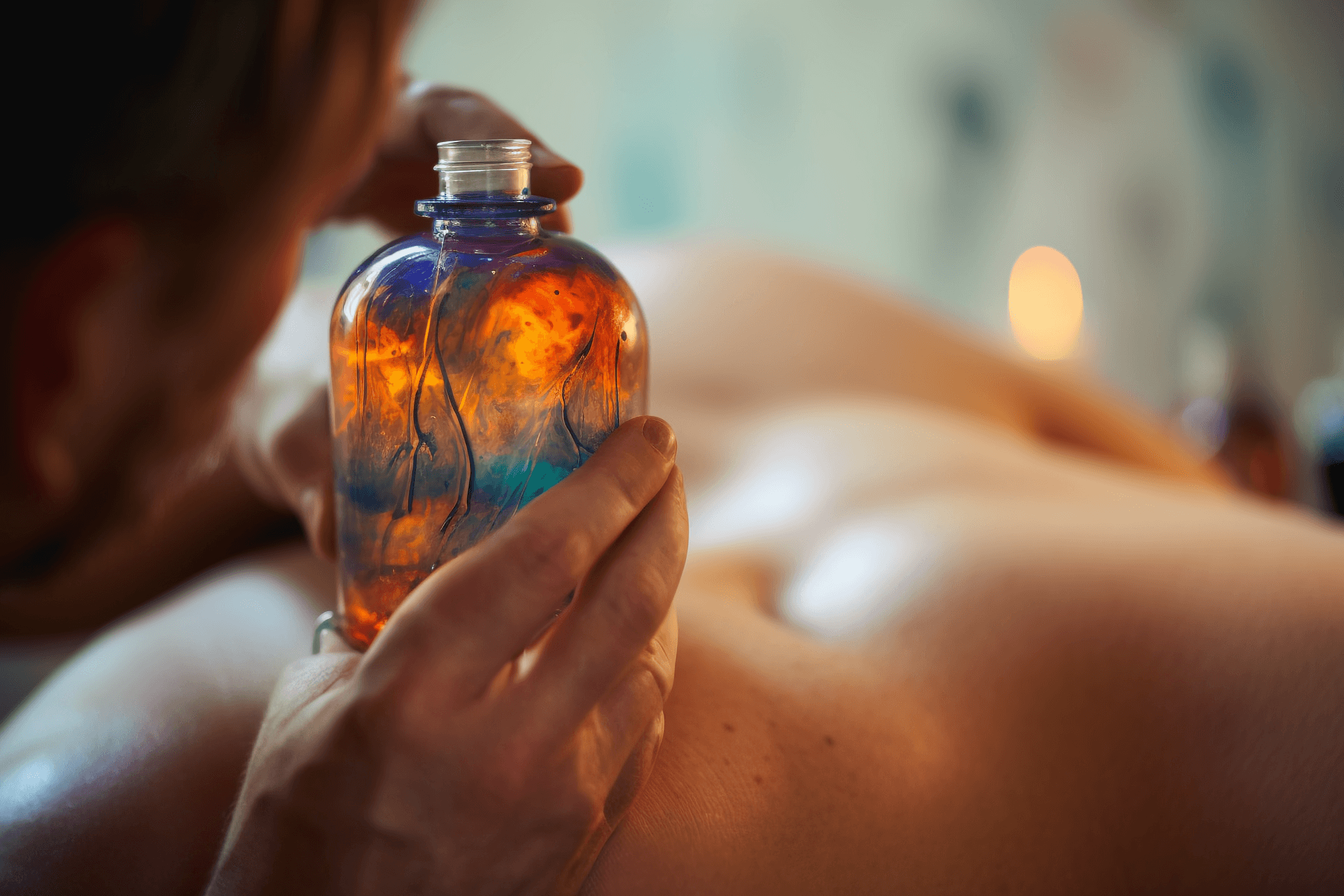1. Psychological preparation
In the process of treatment, apart from careful inquiry of medical history, detailed examination and patient-oriented treatment, the attitude of the practitioner also plays an important role. If the attitude is not serious and the practitioner is not focused, patients may feel bored and unable to persist with the treatment, thus affecting the course of treatment. Some doctors have a bad attitude towards patients and are not patient in explaining things. In terms of language, they give patients a negative stimulus, causing patients to dislike the treatment and affecting the treatment effect to some extent. Therefore, practitioners should be careful, patient, explain in detail, have a friendly attitude, and be focused in order to gain the cooperation of patients and achieve the goal of curing the disease.
In order to gain the active cooperation of patients, necessary explanations should be given to patients before treatment, including the pain caused by stimulation, the course of the disease, the duration of treatment, and the prognosis of the disease. This is especially necessary for first-time patients, in order to prevent patients from having fear or unwillingness to accept the treatment, or to hinder the treatment effectiveness due to inability to receive continuous treatment.
2. Preparation of materials
For cupping therapy, it is necessary to prepare a treatment tray, several cups, 95% alcohol cotton balls, a vascular clamp, and a lighter. For walking cupping, lubricants such as Vaseline ointment should be prepared. For medicinal cupping, medications should be prepared. For needle cupping, acupuncture tools should be prepared. In addition, drugs and instruments for treating skin injuries and dizziness caused by cupping should also be prepared.
3. Selection of body position
Whether the patient's body position is correct or not is related to the effect of cupping. The correct body position makes the patient feel comfortable and the muscles can relax, while the treatment site is fully exposed. The principles for selecting body positions are: first, try to adopt a natural and comfortable position for the patient that can be sustained for a long time; second, it should be easy to perform treatment. The commonly used body positions are described below.
(1) Supine position
This position is widely used and includes supine position, prone position, and lateral position. Supine position is used for first-time patients, the elderly, the weak, children, allergic patients, children, or paralyzed patients.
1) Supine position: The patient lies flat on the bed naturally, with both upper limbs placed flat on the sides of the body or on the abdomen. This position can be used for acupuncture on the head and face, anterior chest, intercostal spaces, abdomen, palms, anterior aspects of the lower limbs, and hands and feet.
2) Prone position: The patient lies prone on the bed, with a thin cushion placed under the chin, and both arms either folded on the cushion or placed flat on the sides of the body. This is a commonly used position. This position can be used for acupuncture on the head and neck, shoulders and back, lumbar and sacral regions, and posterior aspects of the lower limbs.
3) Lateral position: The patient lies on one side on the treatment bed, with the lower limb on the same side flexed and the leg on the opposite side naturally extended. Both upper limbs are flexed and placed on the front side of the body. This position is suitable for acupuncture on various parts of the body except those in contact with the bed.
(2) Sitting position
1) Prone sitting position: The patient sits on a stool, with the head bent forward on the table in front. This position is suitable for acupuncture on the posterior neck, shoulders, back, waist, sacrum, arms, iliac crest, posterior intercostal spaces, and occiput.
2) Upright sitting position: The patient sits up straight. This position is suitable for acupuncture on the head and neck, back, upper limbs, and knees.
4. Clean and suction the treatment site
Before cupping on the selected treatment site, use a towel soaked in warm water to clean the affected area and then dry it with a dry gauze. Generally, alcohol or iodine is not used for disinfection to prevent burns. However, cupping methods such as water boiling, air extraction, and steam do not have this restriction. If cupping needs to be done in an area with hair or near hair, shaving should be done in advance to prevent burning the skin and causing infection. If the treatment site is uneven or has multiple abscesses or ulcers, the cushion method should be used. If the affected area is dry and hard due to sores or ulcers, it is advisable to pre-soak a disinfectant wet towel to soften it, which can prevent pain during cupping and ensure thorough cupping. If cupping needs to be done in an area with hair or near hair, hair removal should be done in advance, and then an appropriate amount of Vaseline should be applied or a cushion should be used. If the patient is unwilling or unable to shave, hot soapy water can be used to wash the hair and skin in the affected area, and then an appropriate amount of Vaseline or a hot cushion can be applied before cupping.









